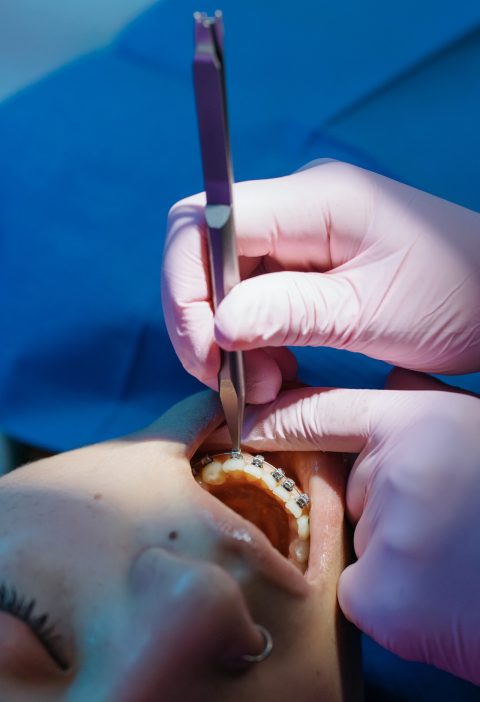Understanding the lifecycle and transmission process of heartworms in dogs is essential for pet owners. This knowledge can help you better prevent and treat heartworm disease to ensure your dog’s long-term health and well-being.
In this article, we’re going to break down the heartworm lifecycle and explore each step of the transmission process.
Heartworm Lifecycle: An Overview
The lifecycle of the heartworm is a complex journey involving multiple stages and hosts. These stages include:
- Microfilariae: Adult female heartworms produce millions of microscopic offspring called microfilariae. They reside primarily in the small blood vessels of infected dogs.
- Mosquito as an intermediate host: When a mosquito feeds on an infected dog, it ingests the microfilariae. These microfilariae then mature in the mosquito’s gut and become infective larvae within 10 to 14 days.
- Infective larvae: The mosquito deposits the infective larvae onto the dog’s skin when it bites the dog. The larvae then enter the dog’s body through the bite wound.
- Maturation: The infective larvae travel through the dog’s bloodstream, reaching the heart and adjacent blood vessels, where they mature into adult heartworms. This maturation process takes approximately six to seven months.
Transmission Process: The Role of Mosquitoes
Mosquitoes are crucial to the transmission of heartworms, as they serve as intermediate hosts. Over 30 species of mosquitoes can transmit heartworms, making it essential for pet owners to be aware of mosquito activity in their area. The transmission process typically occurs as follows:
- An infected dog serves as a reservoir for microfilariae.
- A mosquito bites the infected dog and ingests the microfilariae during the blood meal.
- The microfilariae develop into infective larvae within the mosquito.
- The mosquito bites another dog, depositing the infective larvae onto the dog’s skin and introducing them into its bloodstream.
Preventing Heartworm Transmission: Implementing Protection and Control
With an understanding of the lifecycle and transmission process, pet owners can take steps to protect their dogs from this dangerous disease. Key actions include:
- Administering heartworm prevention in dogs through prescribed medications or topical treatments administered monthly.
- Reducing mosquito exposure by keeping dogs indoors during peak mosquito activity hours and using mosquito repellents specifically designed for pets.
- Eliminate mosquito breeding grounds by removing stagnant water and regularly cleaning pet water bowls.
Reputable Animal Hospital: Supporting Your Pet’s Health
A proactive approach to your pet’s health is crucial in preventing heartworms and other health issues. Regular veterinary check-ups at a reputable Companion Animal Hospital will ensure your dog receives the proper vaccinations, preventative treatments, and necessary care to stay healthy.
Pet Dentistry: An Essential Part of Dog Healthcare
Along with routine check-ups and heartworm prevention, it’s essential to prioritize your dog’s dental health. Regular dog dental care can prevent periodontal disease and other oral health issues which can negatively impact your dog’s overall well-being.
The Bottom Line
Understanding the lifecycle and transmission process of heartworms in dogs is an essential aspect of responsible pet ownership. By taking preventative measures, such as administering heartworm prevention medications and reducing exposure to mosquitoes, you can significantly decrease your dog’s risk of contracting this dangerous disease. Along with heartworm prevention, remember to prioritize regular veterinary visits and dental care to ensure your furry friend remains happy and healthy.








